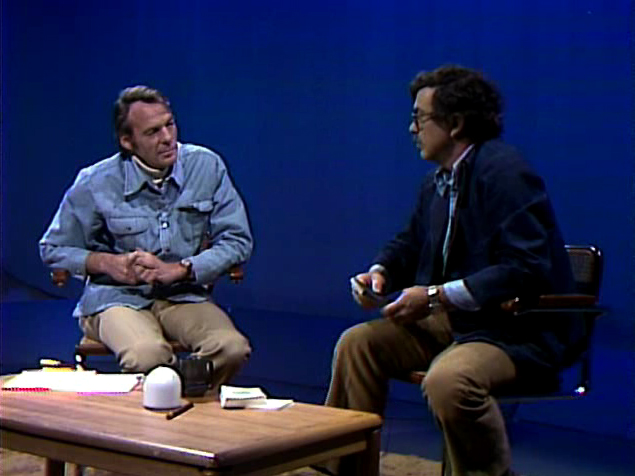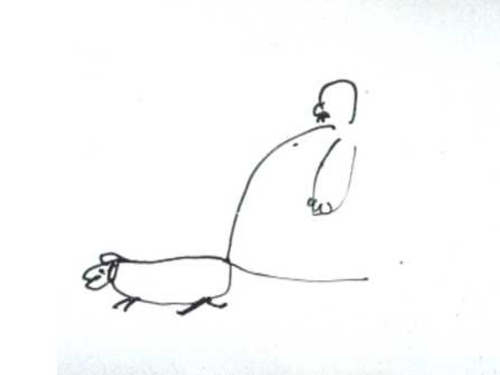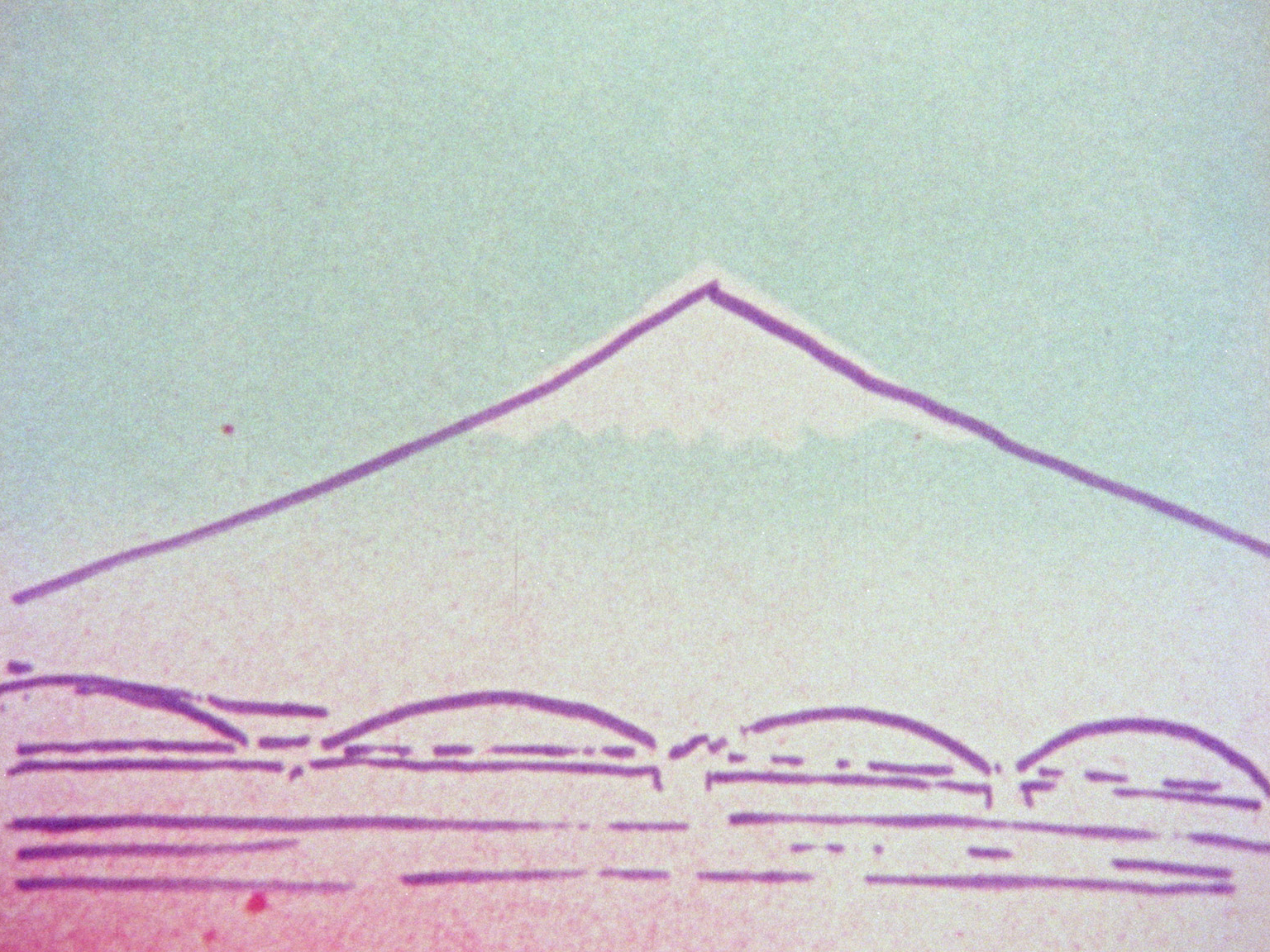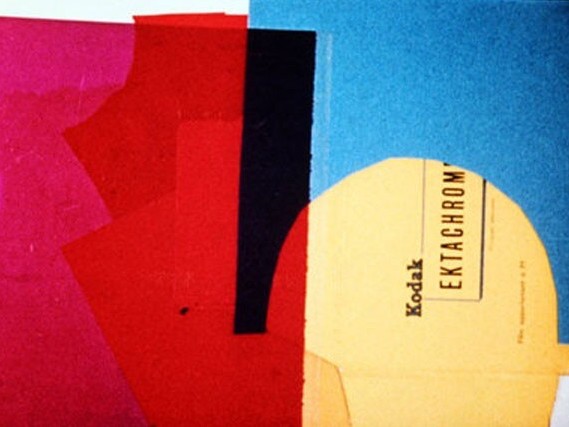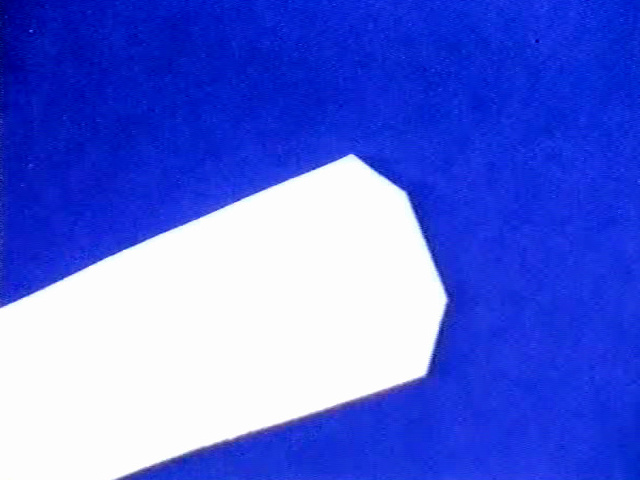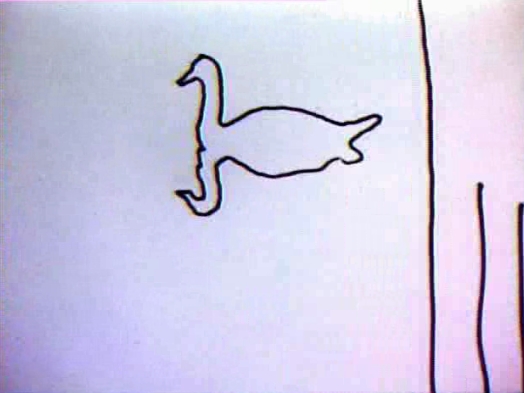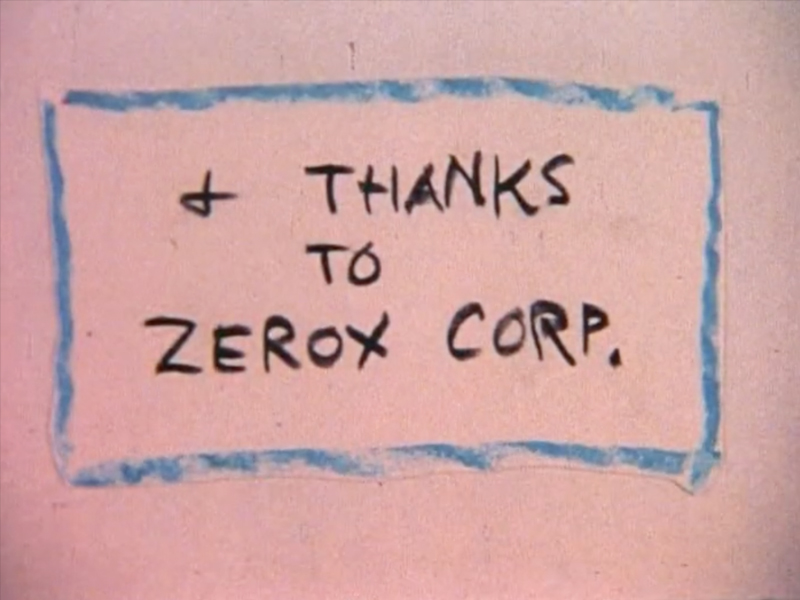On October 2, Sabzian and Art Cinema OFFoff dedicate an evening to the work of the American filmmaker Robert Breer (1926-2011). We’ll screen the 1976 episode of the pioneering television series Screening Room in which Breer talks about his work and presented six of his films: Recreation (1957, 2′), A Man and His Dog Out for Air (1957, 3′), 69 (1968, 5′), Gulls and Buoys (1972, 6′), Fuji (1973, 9′) and Rubber Cement (1976, 10′). Whereas Breer showed his films on television for this occasion, we’ll screen them on the original 16 mm film format and alternate between the TV show and the film projector.
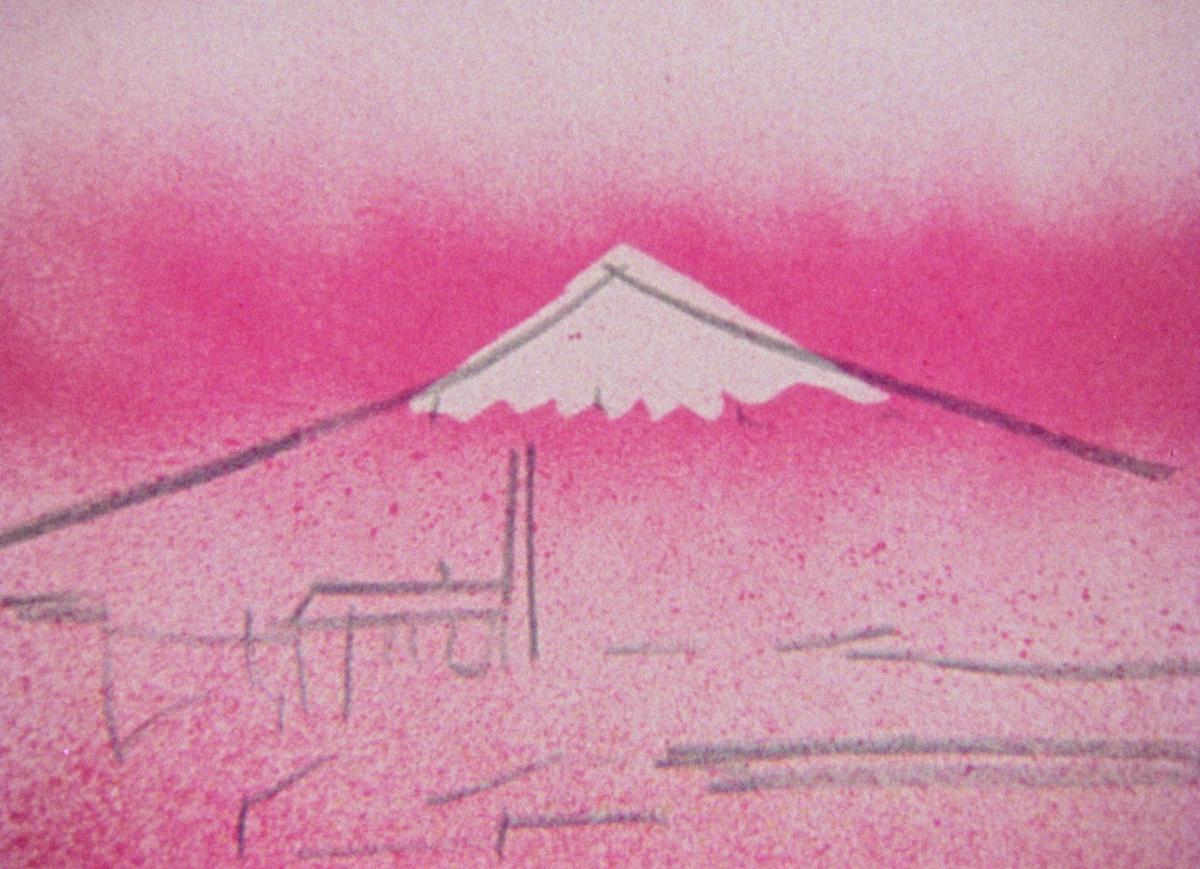
Screening Room was a legendary television series that ran for almost ten years from 1972 until 1981. Essentially a talk show about independent cinema, it offered filmmakers a chance to show and discuss their work on a commercial (ABC-TV) affiliate station. The series was developed by the filmmaker Robert Gardner (Forest of Bliss, 1986), hosting the conversations in a uniquely accessible and entertaining way. It was one of those rare instances of television acknowledging a cinema existing beyond the mainstream. Once an unlikely scenario, filmmakers such as Jean Rouch, Jonas Mekas, Bruce Baillie, Yvonne Rainer, Peter Hutton, Stan Brakhage, Hollis Frampton, Michael Snow, and others had finally made their way from the so-called underground into the nation’s living rooms.
Asked how he arrived at film, Robert Breer points to Jacques Ledoux, the curator of the Royal Belgian Film Archive who screened one of his first experiments as a self-taught filmmaker when Breer was in Brussels in 1956 for a show of his paintings. The film was received with great enthusiasm while his paintings were then mostly ignored or disappeared into private collections. Although working within the animation medium, Breer brings an almost documentary quality to his films and in a way shows their own making. In a letter to Jonas Mekas, he wrote: “It has to do with revealing the artifices instead of concealing them. The fact of that rabbit sitting inside the magician’s hat is the real mystery, not how it’s dissimulated. The hat should be transparent and show the rabbit.”
Breer initially studied engineering at Stanford and declared that “since my childhood model airplane days, I’ve always had a great satisfaction in putting things together, pounding nails, sawing wood, sandpapering.” He is well-known for working on ordinary 4-by-6-inch index cards available in every stationary store, because it’s “less of a tedious business and more direct.” He drew or pasted pieces of different materials and photographs on them. Breer often incorporated actual photographed images of reality – everyday objects and his own hand, as in Recreation, or part of a face, as in Fuji. Making use of the rotoscope, a machine to project original footage, frame by frame, onto a sheet, he sometime redrew from actual 16 mm and 8 mm film – in the case of Fuji and Gulls and Buoys from a ferry and train journey in Japan and the South of France, respectively. “Real images are traced into sketches, contours are emphasized, images become impressions, recordings become inscriptions,” as the filmmaker and scholar Ute Holl once described the process.
His home-recorded soundtracks further root the films in the world they emerge from. It may or may not surprise that Breer often named the French poet documentarist Jean Vigo as a powerful influence, more than the pioneers in animation or abstract painting. “Vigo’s spirit of free association in À propos de Nice (1930), for instance, and the kind of cutting he does there, moved me. And I like Zéro de conduite (1933), his anarchism, his humor and his esprit. I could identify with him. I have an aversion to just purely abstract films.” In a career that spans more than fifty years and includes more than forty films but also painting and kinetic sculpture, Breer explored the notions of space, shape, color, perspective and motion.
Milestones is an ongoing series of stand-alone screenings, hosted by Sabzian, of film-history milestones, reference works or landmarks, films that focus on aesthetic or political issues and stimulate debate and reflection. This is the fifteenth installment in the series. For each screening, Sabzian publishes texts that contextualize the film.


